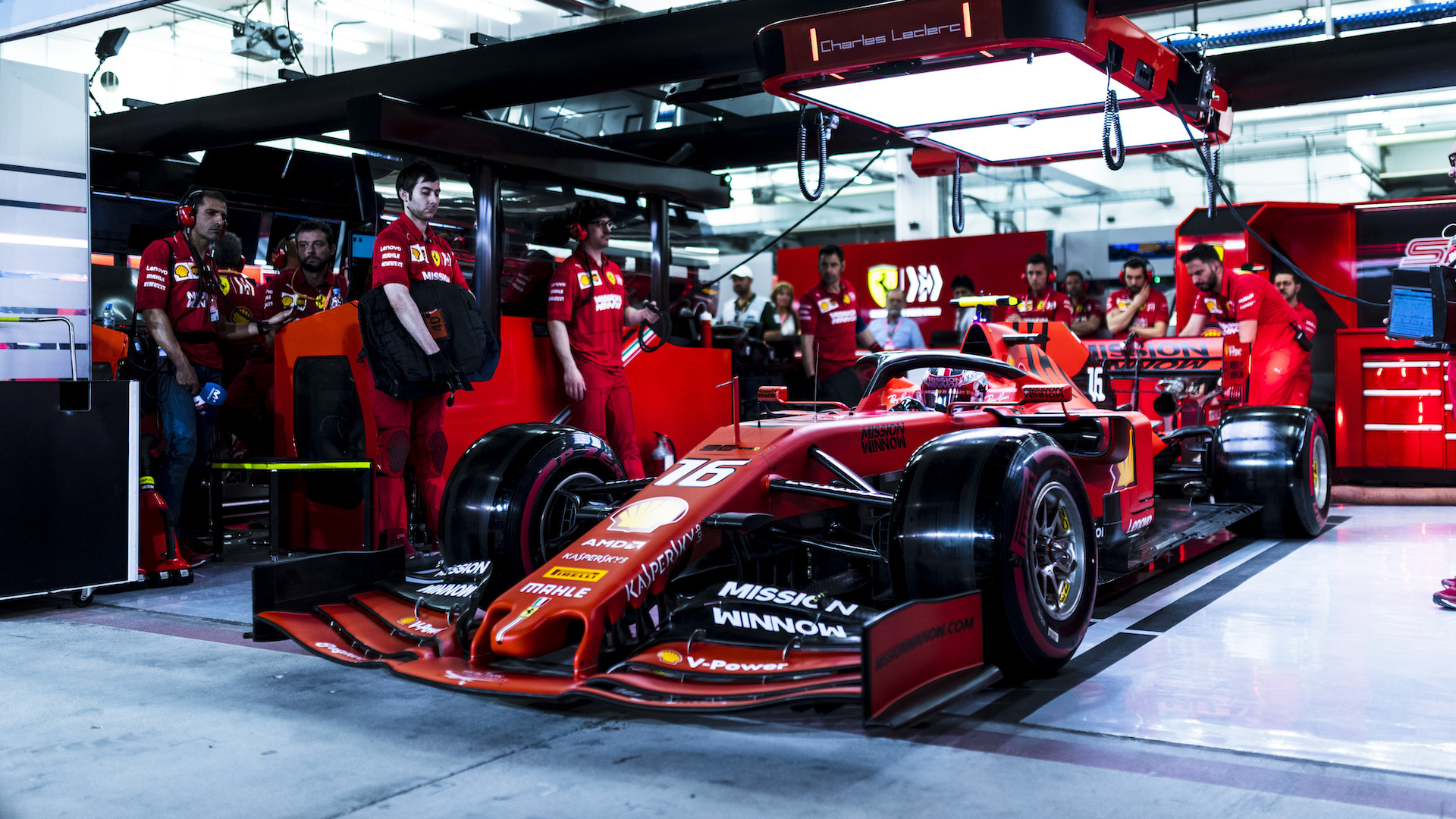

As the fastest team at the instant classic of a race that was the 2019 Bahrain Grand Prix, Scuderia Ferrari was the subject of the most scrutiny by its competitors, and its performance is ringing alarm bells at rivals Mercedes-AMG and Red Bull Racing. Both Ferrari cars displayed straight-line speed in a league of their own, which has higher-ups at other teams looking for answers—some of which might be found by sniffing gas.
“The fuel from Ferrari smells like grapefruit juice,” commented Red Bull Racing team principal Christian Horner in an interview with Auto Motor und Sport.
GPS data from Bahrain reportedly showed Ferrari pulling a significant advantage across the straights at Bahrain International Circuit. Across these straights alone, the red cars were reportedly three tenths faster those of the second-quickest team, McLaren, who has seemingly found the right path on a return to competitiveness by designing a slippery car. Championship leaders Mercedes were reported to be four tenths down on the Scuderia, making up only part of the deficit—one-tenth of a second—in the corners.
Red Bull is even further adrift, reportedly recorded as six-tenths of a second down across the straights. Ferrari-supplied team Haas is down there with Red Bull, though the American team alongside its Swiss-Italian competitor Alfa Romeo is reportedly hanging with the Ferraris earlier on the straights before falling back as the cars near top speed. Analysts are reportedly pointing to Ferrari’s engine being the key to its untouchable speed, with maximum power output reportedly 40 horsepower above anything Mercedes, Honda, or Renault have to offer.
“We actually thought the FIA had stuffed all the final holes in the engine,” added Adrain Newey, acclaimed aerodynamicist for Red Bull Racing, who has also had input on an upcoming Aston Martin hypercar. “The Ferrari engine suddenly has the same bang as last year.”
“Last year they won us in the acceleration phase [sic],” continued Newey. “At top speed we were the same again. Now they are faster on the straights from start to finish. With us, the speed on the straight flattens off at a certain point, because the MGU-K no longer delivers power. Ferrari is always on. The MGU-K just does not turn off. It looks like they have advantages from the combustion engine and the electric power.”
Ferrari’s sudden performance leap caught its rivals off guard, as the team didn’t show this performance potential during winter testing in Spain, nor did it at the season-opening Australian Grand Prix. Because there have been no rumors of a new fuel mixture for Ferrari, analysts reportedly believe that Ferrari was simply not showing its full hand, though there is also the possibility that the Ferrari engine’s reliability is still in question.
Ferrari reportedly suffered a plethora of issues in winter testing, many related to its new, allegedly 3D-printed exhaust. Despite Ferrari running one of the slickest, tightest cooling packages on the grid, it reportedly suffered in Australia from too much cooling, which made the engine run a tad cold, throwing off boost control. In Bahrain, race leader Charles Leclerc had a regenerative system failure in addition to problems with one of his cylinders, slowing the car to the tune of several seconds a lap, his first podium finish saved by the narrowest of margins by the Renault-caused safety car.
Ferrari fans might be able to celebrate for this first time in 2019 this upcoming weekend when F1’s 1,000th Grand Prix takes place in China. Shanghai’s long straights should play into Ferrari’s hands, provided the engine can hold together.